How the Cold War began
The decades-long conflict spanned the globe and cost the lives of millions
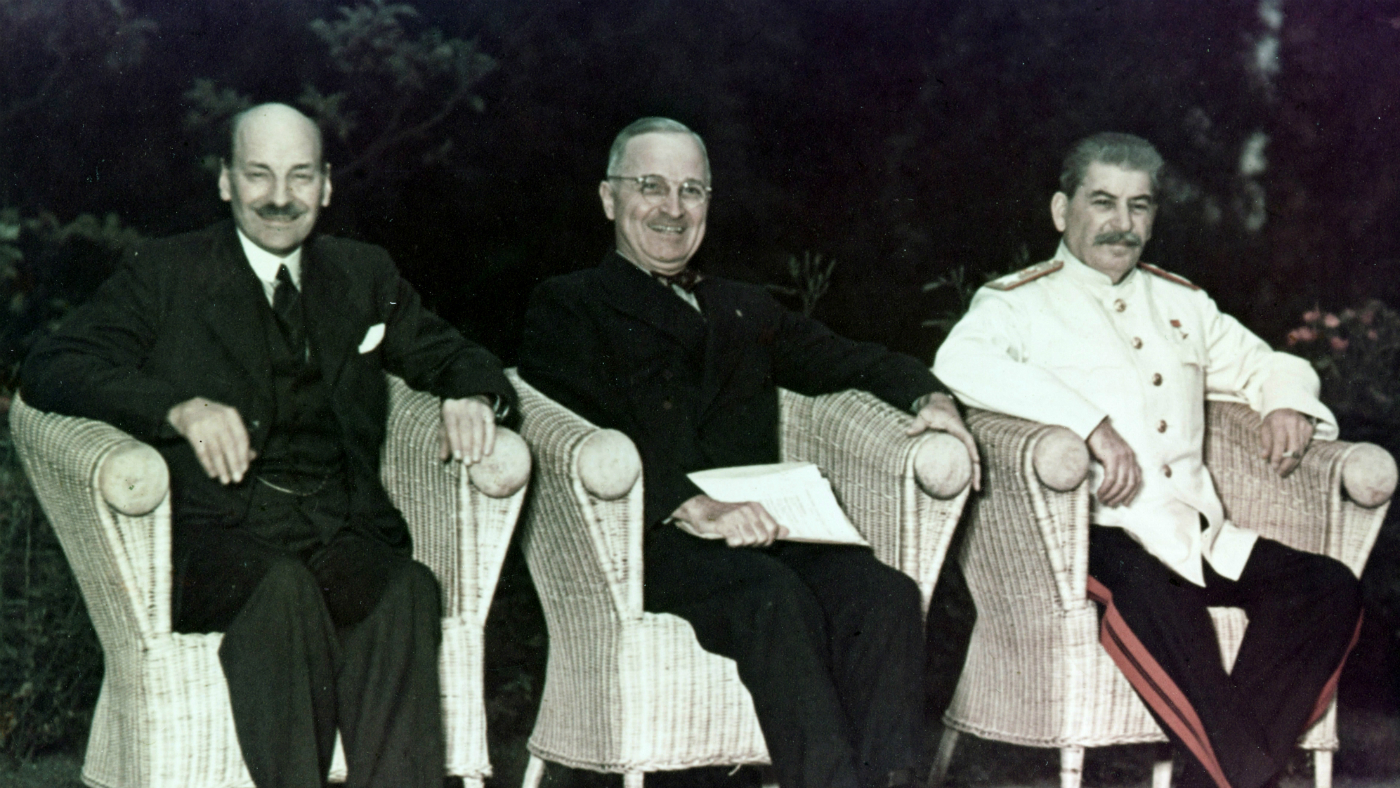
Russia’s relationship with the West has hit a new low in recent years, fuelling fears of a return to the bad old days of the Cold War.
Tensions are continuing to grow following the former Soviet state’s illegal occupation of Crimea, an attempt to murder a former Russian spy on UK soil, and alleged meddling by Russia in the democratic processes of Western nations.
It may come as little surprise that as the BBC reports, there has been “a lot of loose talk” among experts about a “new Cold War”.
The Week
Escape your echo chamber. Get the facts behind the news, plus analysis from multiple perspectives.

Sign up for The Week's Free Newsletters
From our morning news briefing to a weekly Good News Newsletter, get the best of The Week delivered directly to your inbox.
From our morning news briefing to a weekly Good News Newsletter, get the best of The Week delivered directly to your inbox.
But comparisons between the present-day tensions and the Soviet Union’s bitter rivalry with the West from the 1950s to the late 1980s may be “misleading”, the news site says.
The Cold War was triggered in large part by tensions stemming from the Second World War, with two superpowers with polarised ideologies competing to gain influence over global politics.
And while the rivalry between the capitalist US and the communist Soviet Union yielded few direct casualties, the proxy conflicts that it helped cause across the globe resulted in the deaths of millions.
“If one compares the two situations more carefully, what is happening today is a mere shadow of that earlier rivalry,” writes Stephen M. Walt, professor of international relations at Harvard University, in an article for Foreign Policy. “I knew the Cold War. This is no Cold War.”
A free daily email with the biggest news stories of the day – and the best features from TheWeek.com
So how did that history-defining conflict begin?
The Second World War
The Cold War can be viewed as a continuation of WWII, to some extent.
Following the surrender of Nazi Germany on 8 May 1945, in the closing stages of the War, the “uneasy wartime alliance between the United States and Great Britain on the one hand, and the Soviet Union on the other, began to unravel”, explains Encyclopedia Brittanica.
Because the Soviet Army had closed in on the Nazis from the east, while the British, American and other Allied forces had defeated them from the west, the continent had effectively been split in two.
The “Iron Curtain” speech
Following a year of rising tensions between the two contingents, both of which were keen to exert their power across Europe, Winston Churchill made a speech in which he heavily criticised the Soviets.
In the now famous address, on 5 March 1946, Churchill claimed that an “iron curtain” had “descended across the continent”, referring to the oppressive Soviet regime.
“Warsaw, Berlin, Prague, Vienna, Budapest, Belgrade, Bucharest and Sofia - all these famous cities and the populations around them lie in what I must call the Soviet sphere, and all are subject, in one form or another, not only to Soviet influence but to a very high and in some cases increasing measure of control from Moscow,” he said.
Although he was no longer prime minister, the speech drew “immediate international attention and had incalculable impact upon public opinion in the United States and in Western Europe”, says the website of the International Churchill Society, which adds that Russian historians often “date the beginning of the Cold War from this speech”.
The Marshall Plan
Many experts argue that Marshall Plan - the costly and ambitious initiative to revive Western Europe following WWII - marked the true beginning of the Cold War. Signed by US President Harry Truman on 3 April 1948, the plan saw America delivering aid including food, machinery, expertise and in some cases, money to countries in Europe considered to be at risk of being taken over by communists.
The divisions caused by the initiative were cemented by the formation of Nato, in 1949, followed by the Warsaw Pact six years later, the BBC says. Under these treaties, the signator nations would be obligated to defend each other against the expansion of the opposing side.
Over the next four decades, the escalating tensions between the Soviets and the West resulted in proxy wars in Korea, Vietnam and multiple Central American nations, among others.
The exact date of the end of the Cold War is unclear. Between 1989 and 1990, the Berlin Wall came down, borders opened, and free elections ousted Communist regimes from across Eastern Europe, says the website of the Smithsonian’s National Museum of American History.
If the war wasn’t already over by then, in 1991 the Soviet Union itself dissolved into its component republics, and “with stunning speed, the Iron Curtain was lifted and the Cold War came to an end”, the site concludes.
-
 Why is Trump’s alleged strike on Venezuela shrouded in so much secrecy?
Why is Trump’s alleged strike on Venezuela shrouded in so much secrecy?TODAY'S BIG QUESTION Trump’s comments have raised more questions than answers about what his administration is doing in the Southern Hemisphere
-
 Vance’s ‘next move will reveal whether the conservative movement can move past Trump’
Vance’s ‘next move will reveal whether the conservative movement can move past Trump’Instant Opinion Opinion, comment and editorials of the day
-
 Why recognizing Somaliland is so risky for Israel
Why recognizing Somaliland is so risky for IsraelTHE EXPLAINER By wading into one of North Africa’s most fraught political schisms, the Netanyahu government risks further international isolation
-
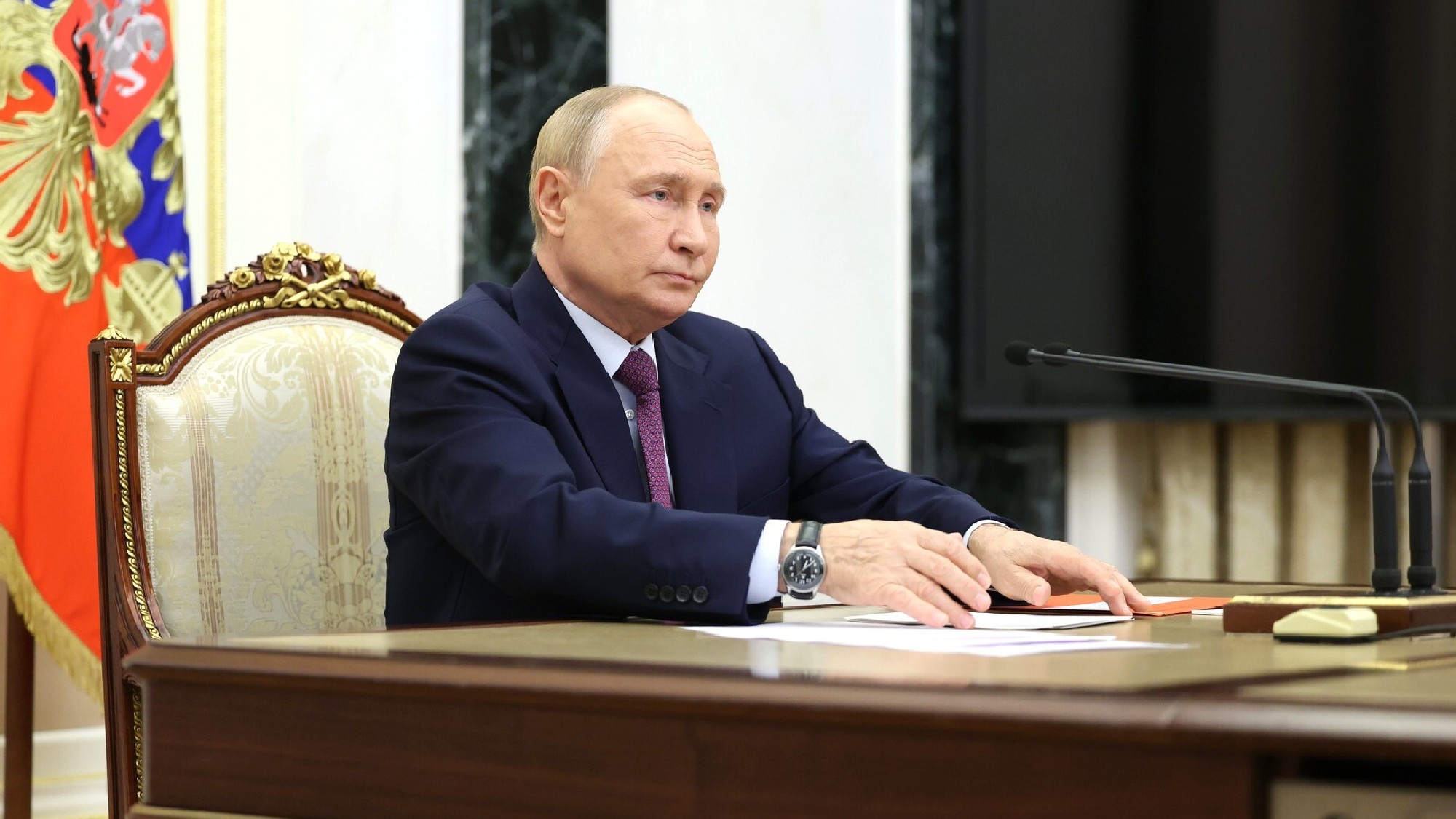 Has Putin launched the second nuclear arms race?
Has Putin launched the second nuclear arms race?In Depth Historian Serhii Plokhy explains why the Kremlin’s nuclear proliferation has begun a dangerous new era of mutually assured destruction
-
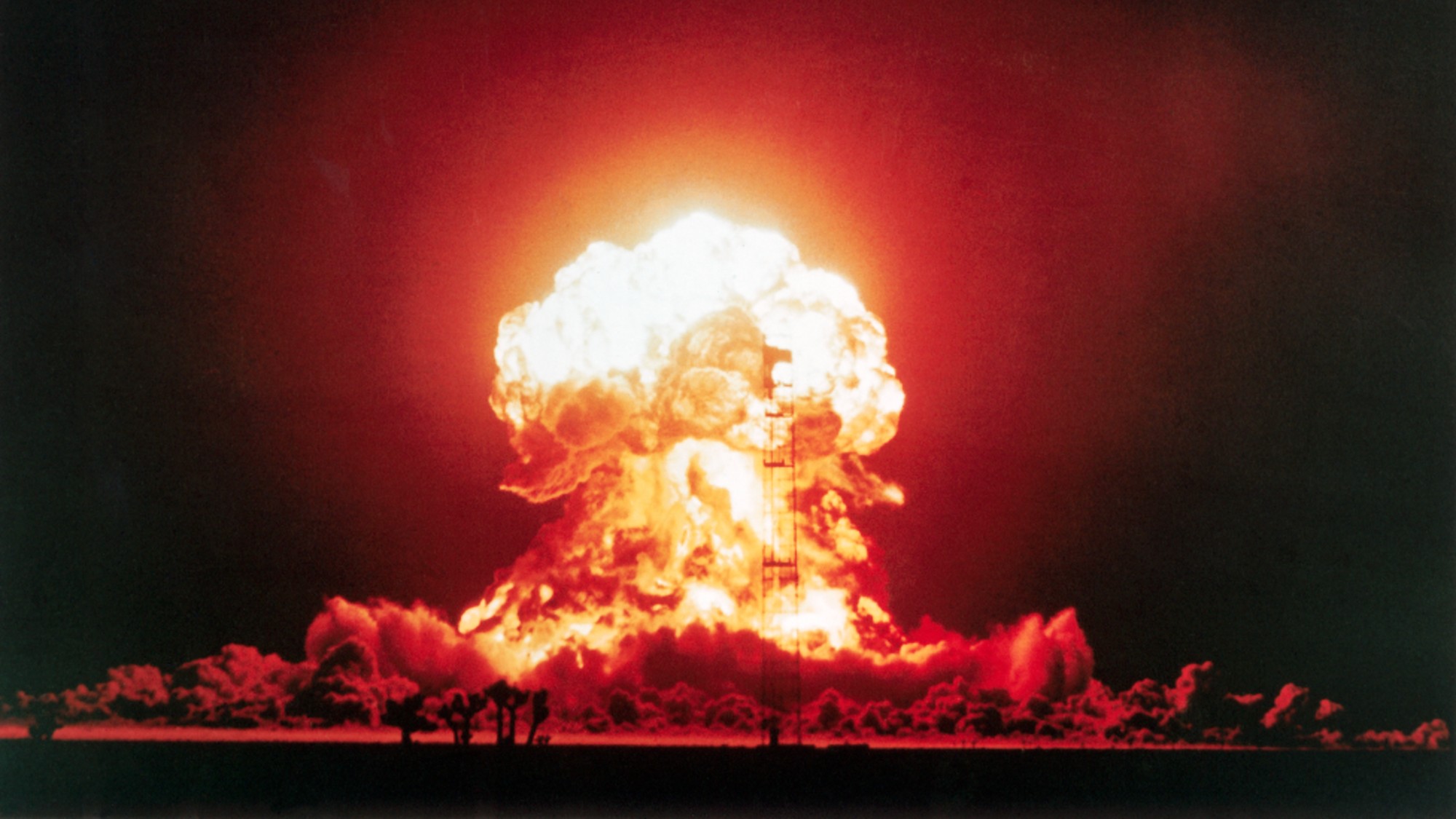 Mutually Assured Destruction: Cold War origins of nuclear Armageddon
Mutually Assured Destruction: Cold War origins of nuclear ArmageddonIn Depth After the US and Soviet Union became capable of Mutually Assured Destruction, safeguards were put in place to prevent World War Three
-
 Vladimir Putin’s narrative of Russian victimhood examined
Vladimir Putin’s narrative of Russian victimhood examinedfeature Russian president has repeatedly pointed to his country’s history to justify Ukraine invasion
-
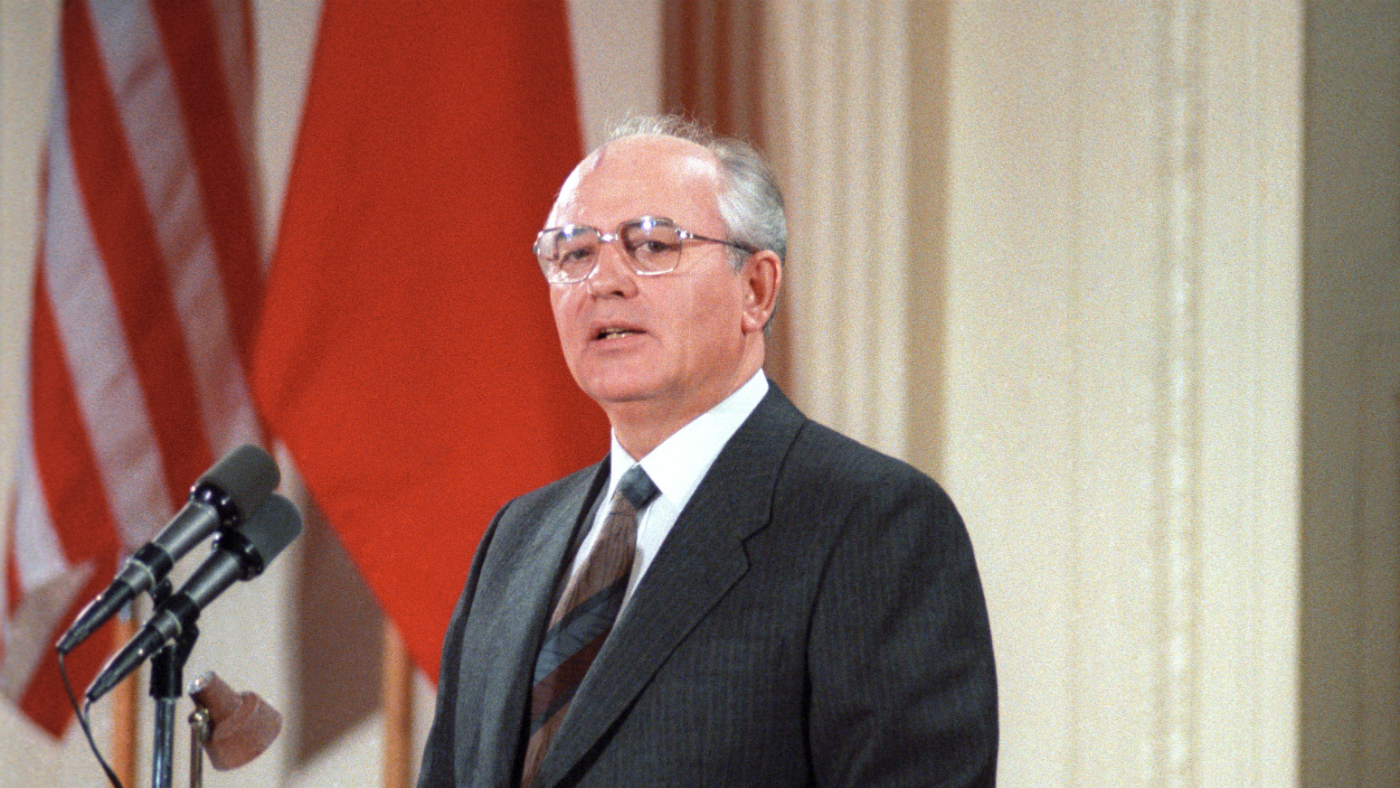 How the Soviet Union fell
How the Soviet Union fellIn Depth And why Mikhail Gorbachev’s election was the final nail in the coffin
-
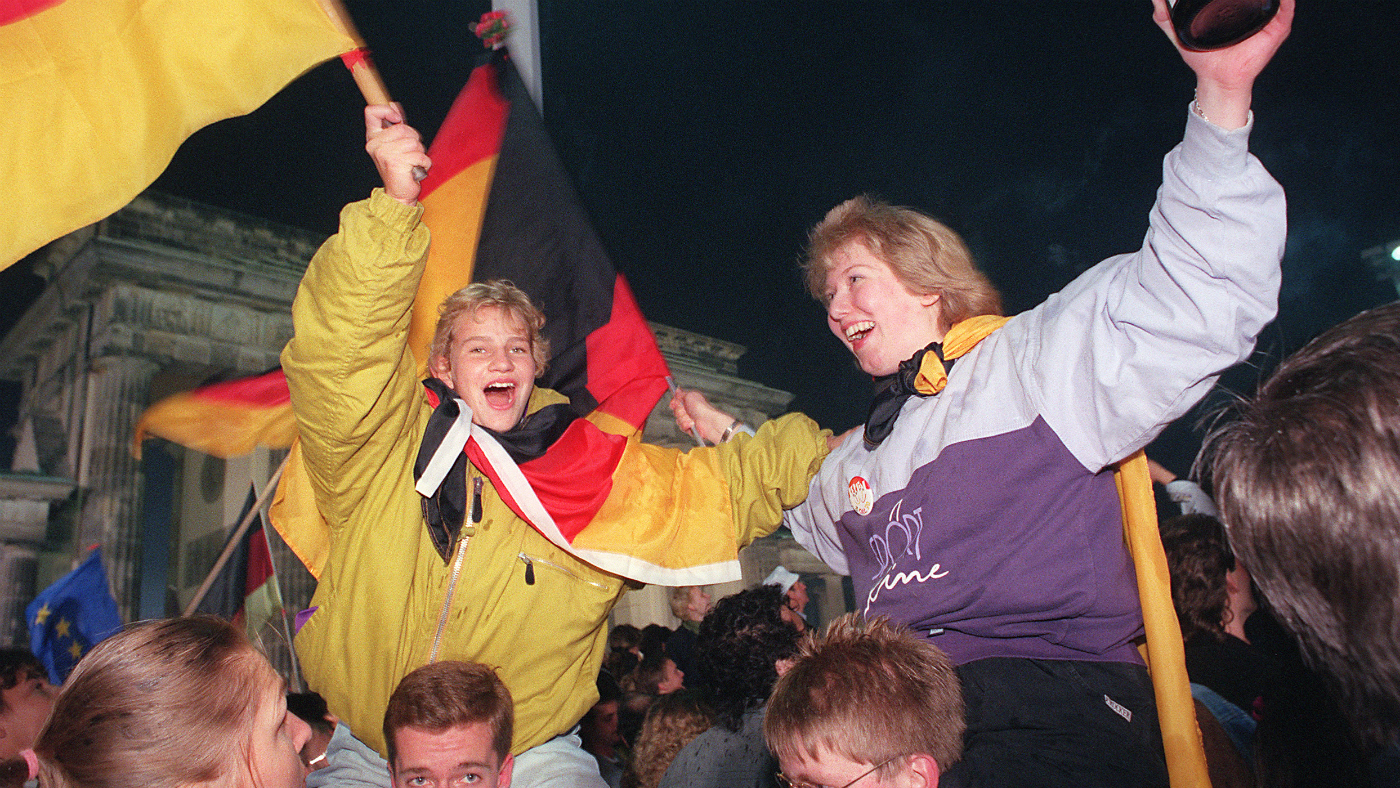 German reunification: how the world reacted
German reunification: how the world reactedIn Depth This week marks the 28th anniversary of the formal dissolution of the German Democratic Republic